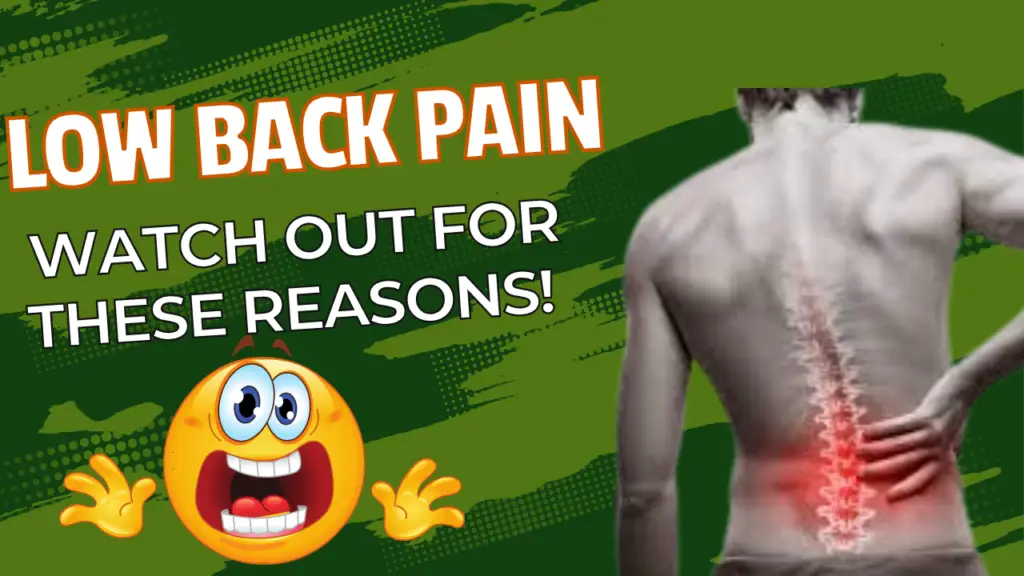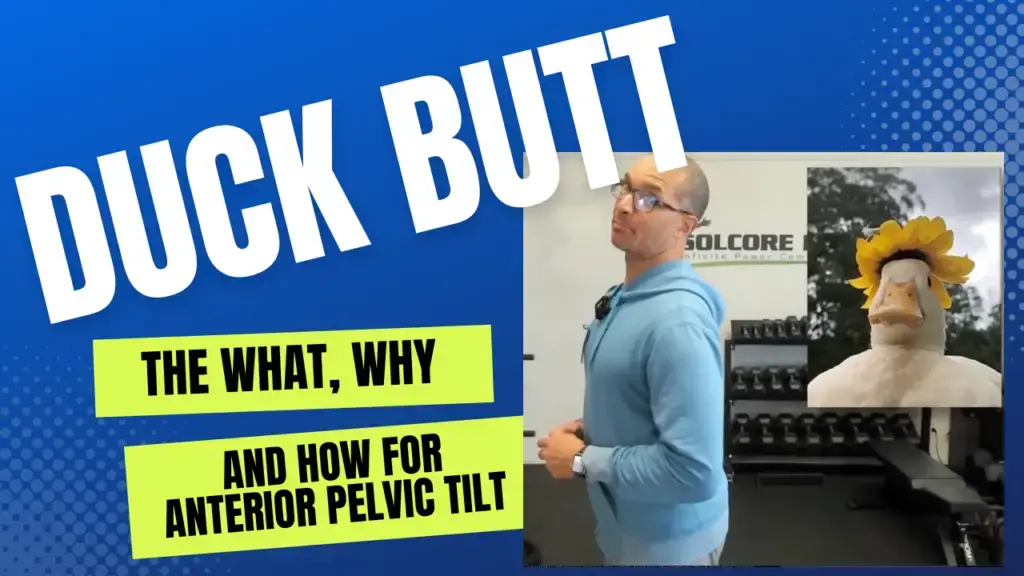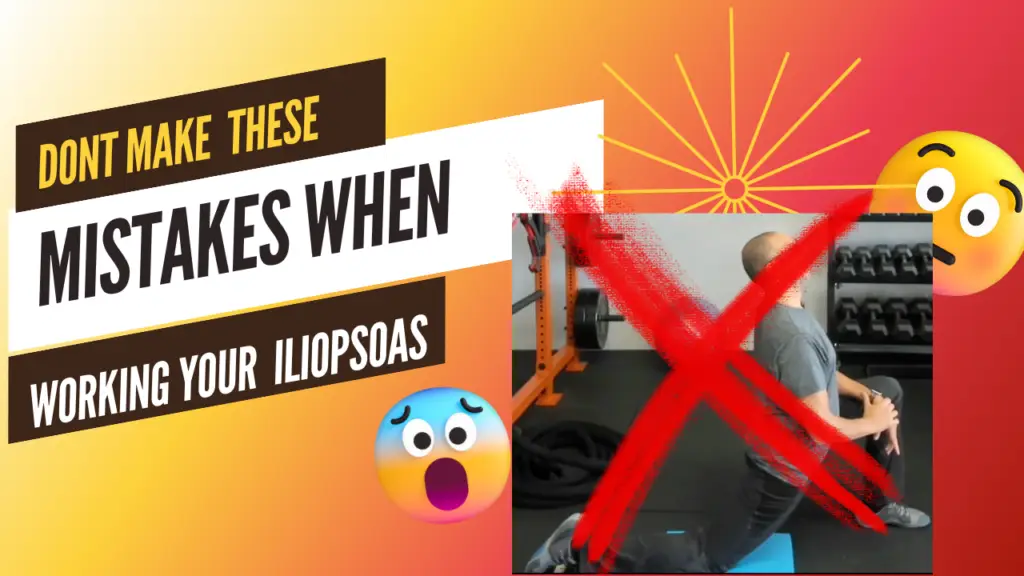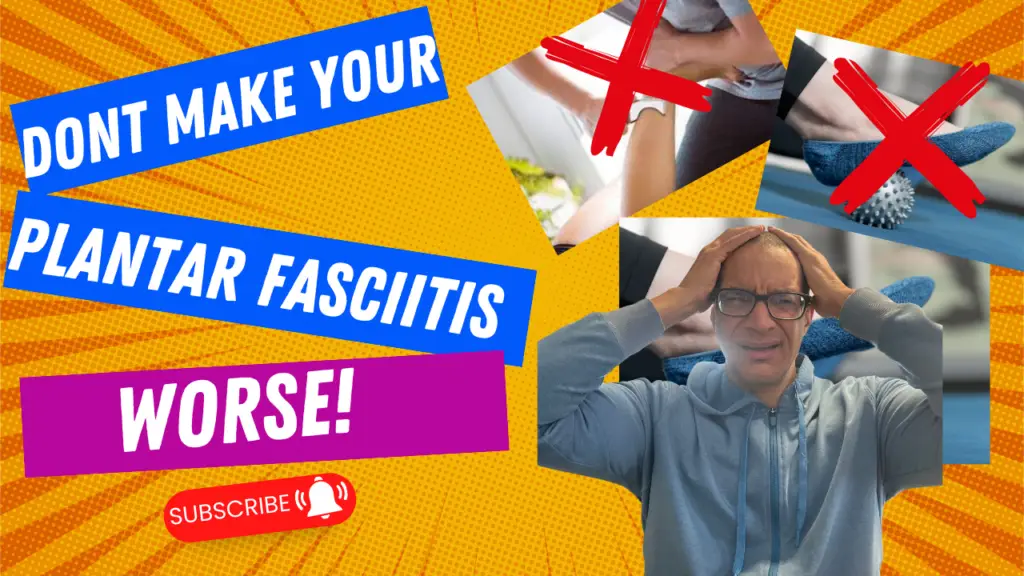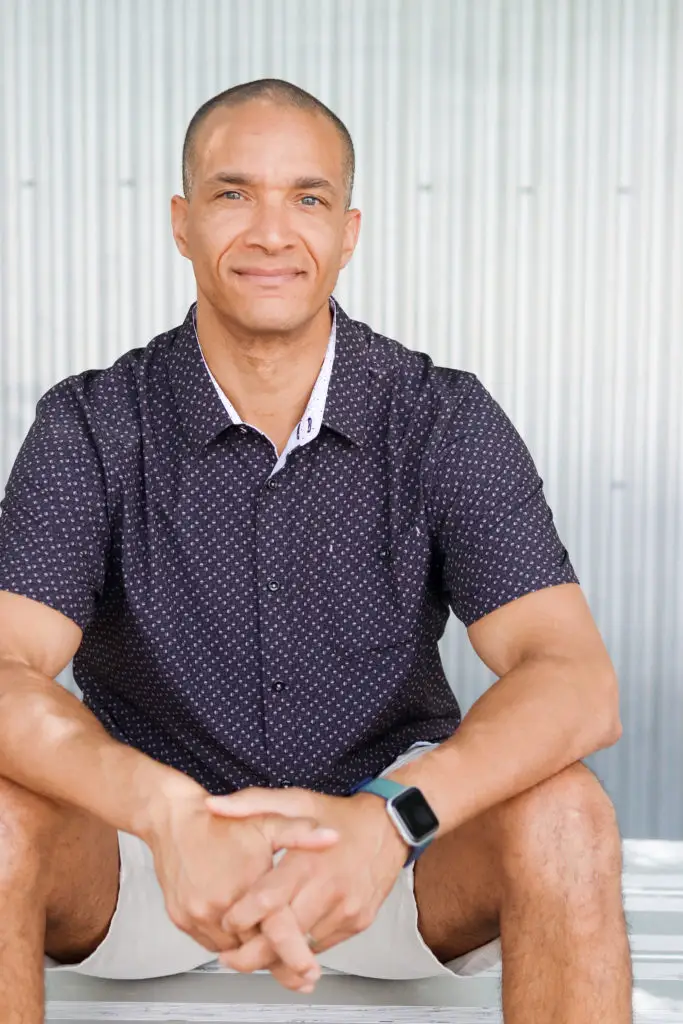Fascia connects everything in your body. It holds, supports, and integrates your muscles, bones, and organs. If you want a body that’s strong, mobile, and pain-free long-term, you have to learn how to work with your fascia the right way.
Most people think they are training fascia when they foam roll or do myofascial release—but that’s just the surface. To truly work with your fascia, you need to understand its structure, its functions, and how it responds to stress, movement, and care.
Click the image to watch the video.
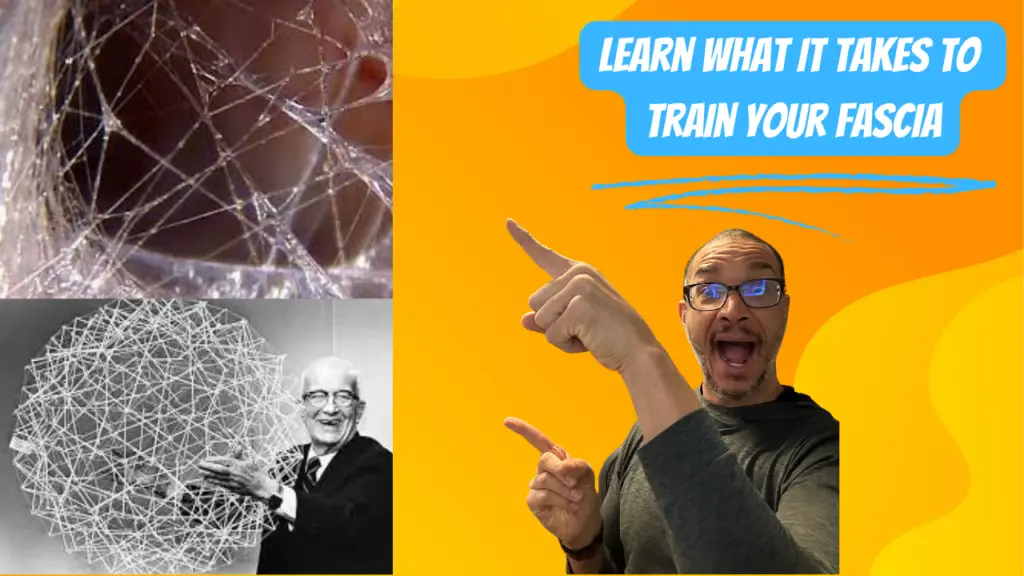
What Is Fascia and Why Does It Matter?
From the moment you’re born, your fascia forms an interconnected web through every part of your body. It wraps muscles, links tendons to bones, cushions your organs, and shapes your movement. It isn’t just tissue—it’s alive, full of cells, fibers, and fluid.
Fascia is built on biotensegrity, meaning your structure is held by tension and compression, not stacked like a pile of blocks. That’s why traditional training often falls short—it doesn’t respect how your body is actually designed.
Most Fascia Training Misses the Point
Foam rolling, massage guns, scraping, and aggressive manual therapy often crush or traumatize your fascia instead of supporting it. Yes, you might feel a short-term release, but that doesn’t mean you’re fixing the problem. More often, you’re just triggering a stress response or creating more dysfunction.
True fascia training means more than poking at tight spots. It requires:
- Understanding fascial chains (like the one that runs from your heel to your head)
- Knowing how to create tension through specific postures and positions
- Choosing whether to stretch or strengthen based on what your body needs
- Considering hydration, stress, and nutrition as part of the fascia equation
How to Actually Work With Your Fascia
If you want to work with your fascia, not against it, here’s what it takes:
- Start with awareness
Understand that fascia connects everything. Every movement involves fascia. But if you don’t train with that in mind, you miss the full benefit. - Hydrate and nourish
Fascia depends on water and quality nutrients to stay supple. If you’re dehydrated or eating junk, your fascia becomes brittle and inflamed. - Use precise movements
Align your body into tension lines that respect the fascial chains. Postures like myofascial stretches and strengthening sequences help stimulate and restore these connections. - Train the whole system
Don’t isolate. Work through the full chain with both global and local exercises. That’s how you build resilience and function. - Respect recovery and the flow of fascia
Fascia moves fluid through collagen tubes—don’t crush them with overuse of tools. Use techniques like pumping and gentle fascial normalization instead.
Symptom Fixes vs. Holistic Function
It’s easy to chase symptom relief—trigger point therapy, rolling, massage. But if you’re only focused on “fixing” the tight spot, you’re ignoring the system that created it.
Instead, choose to train with purpose. Strengthen the weak link, stretch what’s overactive, and use your fascia to unlock full-body performance.
Ready to Train Smarter?
I’ve spent over 17 years working directly with fascia using both therapy and exercise. If you want to learn more:
- 📘 Grab my free eBook on holistic training with fascia in mind
- 📞 Book a consultation to review your current routine and see where you’re missing the mark
Don’t just say fascia. Learn how to actually work with your fascia—and change the way your body performs for good.
Building a foundation for a better life.
Find out more @

